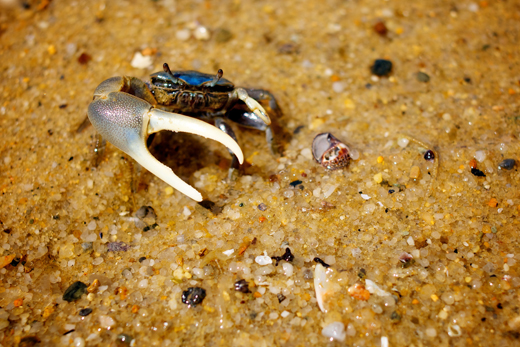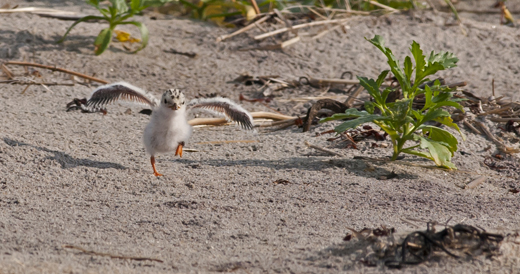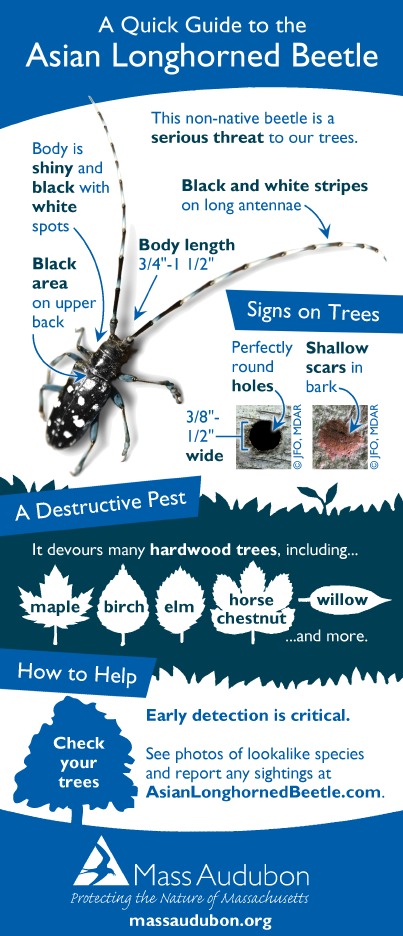Over the past four years, we have had the privilege of seeing thousands and thousands of photographs that celebrate the nature of Massachusetts via our Photo Contest. Now it’s your turn to see more of those images via our new Take 5 series. Each week, we will highlight five photographs that are connected in some way.
And since summer is winding down, what better way to kick off this series than with beach scenes. Have a great shot of your own? There’s still time to enter the 2014 Picture This Photo Contest!

2010 Photo Contest Entry, Lucy Loomis

2012 Photo Contest Entry, Jennifer Childs

2012 Photo Contest Entry, Karl Swenson

2011 Photo Contest Entry, William Wrobel

2012 Photo Contest Entry, Tiffany Nichols


